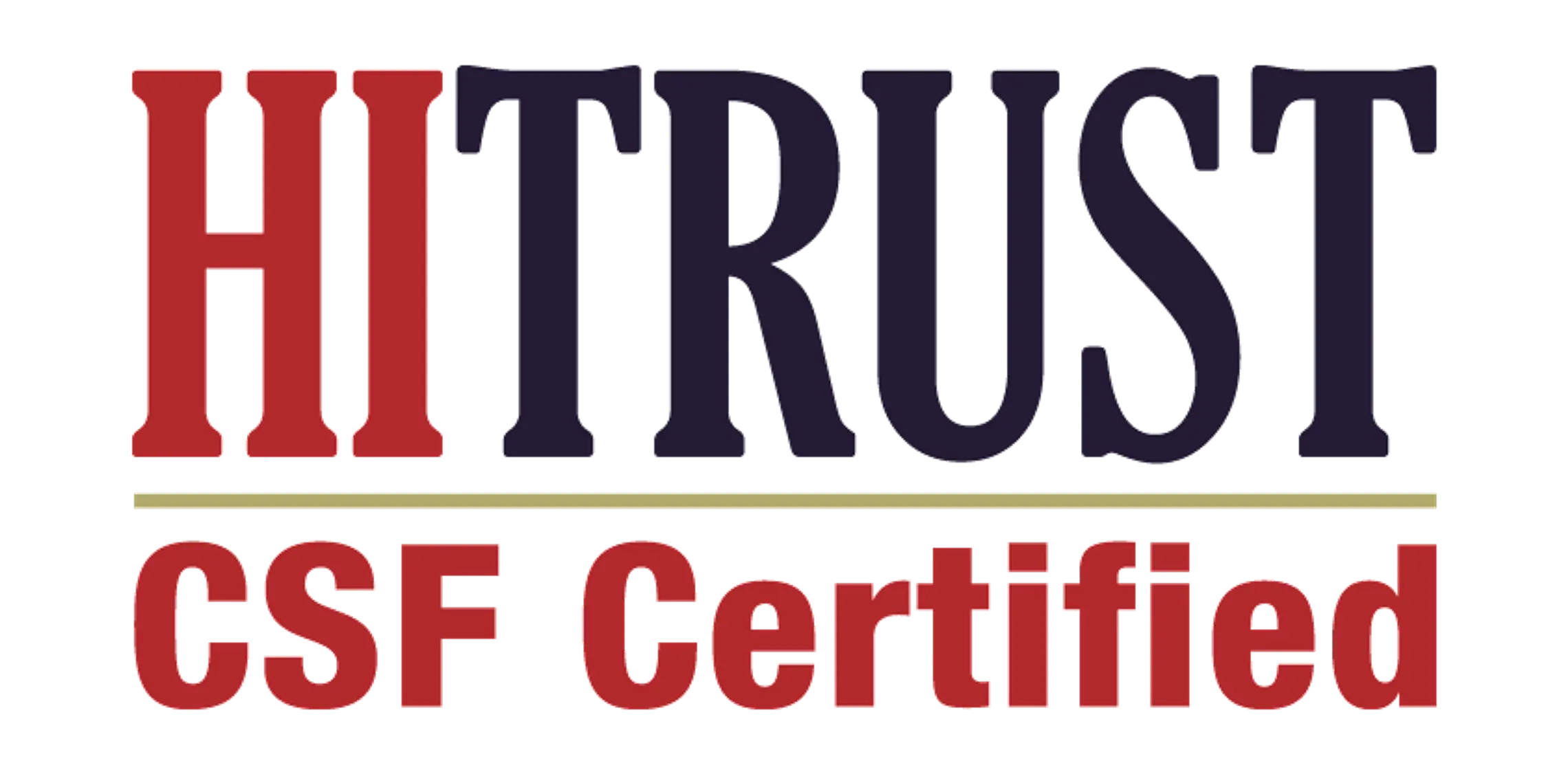Navigating compliance challenges in healthcare: A path to secure and efficient care

Healthcare compliance is a crucial aspect of ensuring that medical practices, hospitals, and other healthcare facilities adhere to a complex web of regulations designed to protect patient safety, privacy, and the quality of care. Navigating these compliance challenges can be daunting, but with the right strategies and a proactive approach, healthcare organizations can maintain high standards while mitigating risks.
Understanding the Landscape
The healthcare sector is heavily regulated, with various federal, state, and local laws dictating how care should be delivered and how patient information should be handled. Key regulations include the Health Insurance Portability and Accountability Act (HIPAA), the Affordable Care Act (ACA), the Stark Law, and the Anti-Kickback Statute. Each of these laws has specific requirements that healthcare providers must follow to avoid penalties, which can include hefty fines or even the loss of licensure.
Implementing Comprehensive Training Programs
One of the most effective ways to navigate compliance challenges is through robust training programs. Every member of the healthcare team, from administrative staff to physicians, needs to be well-versed in the regulations that pertain to their roles. Regular training sessions should be mandatory, covering topics such as patient privacy, data security, and ethical practices.
For example, HIPAA training is essential for all employees to ensure that patient information is handled correctly. This training should cover how to protect electronic health records (EHRs), what constitutes a breach, and the steps to take if a breach occurs. By investing in continuous education, healthcare organizations can foster a culture of compliance and vigilance.
Leveraging Technology for Compliance
Technology plays a pivotal role in managing compliance in the healthcare industry. EHR systems, for instance, can help streamline patient information management, ensuring that data is accurate, up-to-date, and secure. These systems often come with built-in compliance features, such as audit trails and access controls, which can help organizations monitor and control who accesses patient information.
Additionally, compliance management software can automate many of the tasks associated with regulatory adherence. These tools can track changes in legislation, manage documentation, and provide alerts when potential compliance issues arise. By leveraging technology, healthcare providers can reduce the administrative burden and focus more on patient care.
Conducting Regular Audits and Assessments
Regular audits and assessments are essential for identifying and addressing compliance gaps. Internal audits should be conducted periodically to review policies, procedures, and practices. These audits can help uncover areas where the organization may be falling short of regulatory requirements.
External audits by third-party firms can provide an objective evaluation of the organization’s compliance status. These firms can offer insights and recommendations for improvement, helping healthcare providers stay ahead of regulatory changes and industry best practices.
Fostering a Culture of Transparency and Accountability
A culture of transparency and accountability is critical for effective compliance. Healthcare leaders must set the tone by demonstrating a commitment to ethical practices and regulatory adherence. Open communication channels should be established, allowing employees to report potential compliance issues without fear of retribution.
Creating a compliance committee can also be beneficial. This committee, composed of representatives from various departments, can oversee compliance efforts, address concerns, and ensure that policies are being followed consistently.
Staying Informed and Proactive
Finally, staying informed about changes in healthcare regulations is vital. Laws and regulations in the healthcare industry are continually evolving, and staying current is essential for maintaining compliance. Subscribing to industry newsletters, attending webinars, and participating in professional organizations can help healthcare providers keep abreast of the latest developments.
In conclusion, navigating compliance challenges in healthcare requires a multifaceted approach that includes comprehensive training, leveraging technology, conducting regular audits, fostering a culture of transparency, and staying informed about regulatory changes. By taking these steps, healthcare organizations can ensure that they provide safe, high-quality care while avoiding the pitfalls of non-compliance.






